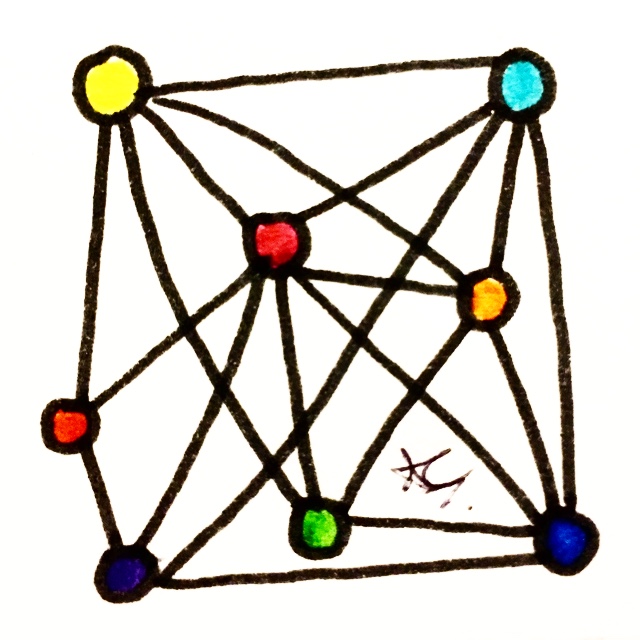Links to Comedy
Settings of Place and Time
The use of various settings, as well as different time periods, in Small Island provides Levy with the opportunity to create comical moments for her characters. Presenting the different cultures found in Jamaica and Britain offers the chance to find amusing similarities and differences, such as in the language and accents spoken, and the customs of eating and speaking to one another. Shifting between time periods creates dramatic irony in which the readers become aware of certain circumstances before some characters do, making their behaviours and actions entertaining to read until they reach their moment of realisation.
Gullibility
Hortense, in her ignorance of the reality of British culture, portrays a gullibility which Levy uses to comedic effect. In trying to make dinner for herself and Gilbert, her lack of understanding about ‘chips’ and her attempt to produce them is humorous and endearing. Gilbert’s response to buy them fish and chips to give Hortense a better taste – in all meanings of the word – of British cuisine emphasises her naivety, and therefore gullibility, further. Another example of gullibility again comes from Hortense, who attempts to put on a very proper British accent, and believes she is successful at doing so, yet is evidently not everyone around her but herself.
Escapes and Discovery
When Gilbert is discovered by Hortense as having forgotten about her arrival, his attempts to appease her are comical in his desperation to avoid making a scene in front of Queenie, his landlord. Hortense’s own attempt to escape from the employment agency that harshly rejects her from a teaching position is humorous to hear when she recounts the moment to Gilbert. In her mortification at rejection and newfound realisation that British society is not as easily accessible as she first thought, she mistakenly walks through the door to a cleaning cupboard in stead of the door to the exit.
Complex Plotting
The division of the novel into parts set in either 1948 or ‘before’, as well as into chapters narrated by four different characters creates an entertaining confusion over what happens when and where, as well as how each part of each character’s life fits on a chronological timeline. Levy creates a guessing game for the reader to determine how each character relates to one another and to decipher how the plot plays out with only half of the story told in a disjointed framework. By reaching the final chapter and the novel’s resolution, Levy leaves the reader feeling a sense of accomplishment at finally putting the pieces of the story together to reveal how the four narrators’ lives are interlinked.
Positive Resolutions
Throughout the novel, despite the tragedies of the war and the racism faced by many of the characters, Levy provides at least a partially positive resolution for some of her characters. Gilbert and Hortense finally find a home to call their own, with the big rooms that Hortense had dreamed of having, and they even have a baby to raise in an increasingly multi-cultural society. Though it seems as is Queenie and Bernard are left without a happy ending, there was a point in the novel where it was doubtful that Bernard was even alive, let alone on his return home from the war. Levy portrays positive yet realistic, rather than idealistic resolutions for her characters in Small Island.
- How does Levy make the plot of Small Island complex?
- Your answer should include: Nine / Parts / 1948 / Before / Non-Chronological / Four / Narrators
- How does Levy present comedy in Small Island? (10 lines)
- Your answer should include: Gullibility / Different / Settings / Time / Place / Positive / Resolutions / Characters / Hope / Future / Escapes / Discovery / Complex / Plotting / Cultural / Differences / Ignorance




